Wondering what exactly is involved in a direct mail campaign? Well, wonder no more. We thought we would give you an overview of the stages in a typical direct mail campaign and give you an idea of your level of involvement at each phase.
1. Planning
This phase is all about getting to understand you and your goals and working together to set clear goals for both the short-term and long-term. Having a clear target plan is vital in every successful campaign, and an essential part of that is defining exactly how the KPIs will be measured and reported on. This is where we can give a lot of guidance and establish our partnership ideally, this will be a face-to-face meeting (because then there can be biscuits involved), but it can also be done over a web chat or even just an email brief.
2. Data profiling, segmentation, and targeting
While the planning phase will give us some insight into your audiences and give an initial plan, this phase is where we start to use data to drive key decisions. It’s not just your existing client data we use to target audiences. There is an array of GDPR compliant data sources and techniques we can use to profile and target your audience.
Every client’s customer base is different; size, how active they are, frequency of order, average basket value, ad-hoc purchase or subscription, and, of course, the outcome you’re looking to achieve for the campaign. Knowing who you are targeting and why ensures we’re doing everything we can to make the campaign as effective as possible.
The data will be segmented so we can A/B test different offers or CTA’s which, as well as knowing who and why we are targeting, will also give us clear goals to report against in the end of campaign reports.
Don’t worry if this is sounding confusing. Typically, the only input needed from you is to hand over any existing data. You don’t need to do anything, but that doesn’t mean you’ll be kept in the dark. We will clearly communicate what’s happening at each step so that everyone has a clear picture of what the campaign looks like.
3. Messaging
Once you know the outcome you’re looking to achieve, and you know the best people to target, the next stage is to ensure you’re communicating that message in the most effective way. Ensuring it’s on-brand, fitting the product you’re looking to sell, and is as easy as possible for your customers to take up the offer.
Thanks to our experience and expertise in the industry, our team knows the tricks of the trade and the best practices to get the best response from your audience.
4. Formats
Of course, for us, we love everything about offline marketing, so all the bits are exciting, but for you, this is where things really start to get fun. This is where the campaign really starts to come to life. This is where the decisions are made about sizes, shapes, formats, textures, and finishes. Don’t worry if you don’t know your foiling from your embossing; we can advise and guide you so you can make informed, confident decisions. Plus, there will be mock-ups and samples, so everyone clearly understands exactly what the campaign will look like.
5. Production
This is where you can sit back with a cup of tea, coffee, or something a little stronger if you’re really in the mood. This part is all us. Production is exactly what you would think it is; it’s when everything gets printed and made. We ensure that all elements are produced to the agreed campaign brief, delivered on time, and meet your expectations.
6. Land Date
When the campaign goes live, and your communications start to land on the agreed dates. Your customers will begin responding to your offer, and you’ll be able to see how well it’s going with the agreed metrics. The great thing about offline marketing is that it tends to stay in the home a long time; it’s not uncommon to see campaign conversions beyond 60 days of the land date. Apart from enjoying the conversions and being responsive to the campaign, your role at this stage is to ensure you’re supplying any data and information agreed in the planning and data phases, because we need this to know how the campaign is going.
7. Reporting
This is where we take all the information and metrics supplied by the campaign and build a report of the results.
8. Optimisation
Once we have the results, we can then compare them with the campaign brief. Not only will you be able to understand the success of your campaign, but we’ll also sit down with you and review the details to see what we’ve learned in relation to customer behaviour, response rates, customer spend, best-performing segments, and offers.
Every campaign should be set up to help you learn something about your customers so you can take this information to improve future campaigns. This is a crucial phase that many try to skip and automatically move on to the next campaign, but it’s critical in ensuring that every campaign becomes more effective, and the ROI for every £1 invested is better on every project.
So that’s what goes into a direct mail campaign. A lot of moving parts. Luckily, we absolutely love every single bit of it. We’ve got the creativity, expertise, and experience to take care of everything.
With us, the complex feels simple. We’ll handle everything, but we’ll keep you in the loop just the right amount so that you understand and feel confident every step of the way.
So, if you feel ready to get the most out of direct mail, then get in touch with our team today, and let’s get started.




